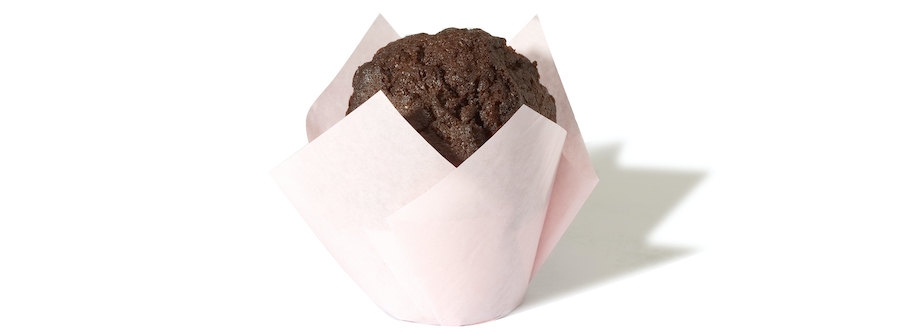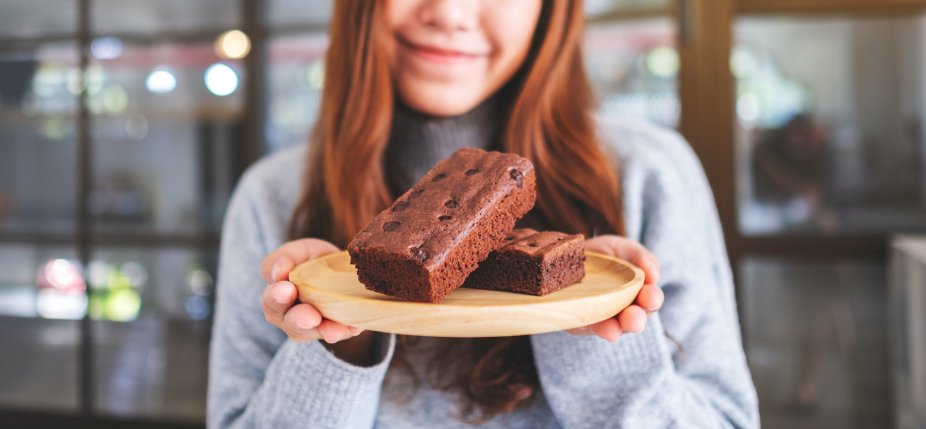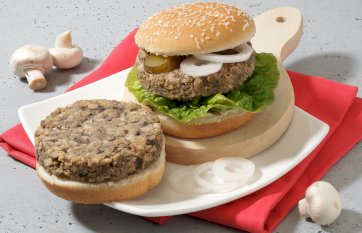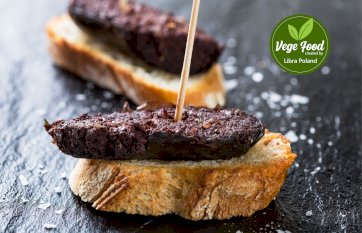An interview with Edyta Szydlik, a technologist at Interfiber
- Sometimes, there is an extremely appealing smell of hot chocolate spreading around the company. Does it always mean that the cocoa fiber is being produced?
- Indeed, any of us can tell when we produce it, due to the smell of cocoa, which you can notice from afar. The production process does not require any chemical treatment, it is only physical and therefore produces such a strong odour. Cocoa fiber is a preparation obtained from roasted cocoa husks cleaned, micronised and steam sterilised. The brown color, taste and smell naturally characterizing cocoa are fully preserved.
- It is hard to believe that the process of processing cocoa husk can smell so intense and delicious!
- Haha, the organoleptic properties of the husk are very similar to that of cocoa, so cocoa fiber can be used interchangeably with cocoa in different applications. It is a completely natural product that can replace cocoa in a 1:1 ratio!
At the same time, fiber is an ingredient desired by consumers. For several years, it has dominated trends and it seems that it will remain so, because the awareness of its benefits for health, especially intestinal health, is growing. It can improve the nutritional value of the finished product and also maintain the so-called "clean label". Remember that by reaching the value of 6% of the sum of all fibers in the product, we can declare a high content of fiber.

- How can cocoa fiber be used in the production process?
- As I mentioned, cocoa fiber can replace cocoa in a 1:1 ratio. This offers great opportunities, because the replacement is very simple, it does not involve any significant changes in the technological process. Furthermore, the use of cocoa fibre can lead to a significant reduction in production costs. Considering the high and often changing prices of cocoa, even partial replacement with cocoa fiber will bring noticeable savings.
- In which industries or applications is cocoa fiber most commonly used?
- Of course, in the same ones that willingly use cocoa, i.e. in bakery, cocoa confectionery products, snacks, breakfast cereals, various types of drinks, etc.
Our R&D department focused on the most popular categories to measure the benefits of using cocoa fiber. Cocoa muffins, cocoa biscuits and cocoa milk drinks were tested on the basis of traditional milk and vegan drinks: soy and cashew.
- What were the results and conclusions of the research?
- In sensory analysis, the main differences occurred in all parameters: appearance, melting and softening moisture in favour of samples with cocoa fiber, even the taste parameter was assessed as more intense in samples with cocoa fiber. Technological parameters such as efficiency, production cost and freshness were also measured, and the results showed a predominance of cocoa fiber samples. This applied to all three samples: muffins, biscuits and drinks. Of course, we have the details of the tests carefully described and counted, we are happy to present them to every interested customer.
- So how can we summarize the conversation about cocoa fiber?
'Cocoa fiber is a product that offers many benefits, both organoleptic and technological, and even financial. All our customers implementing this fiber into their production lines are very satisfied with the results. And we have developed a lot of recipes in which cocoa was replaced with fiber in different proportions and of course we always help in choosing the optimal proportion.
- Thank you for the conversation.





